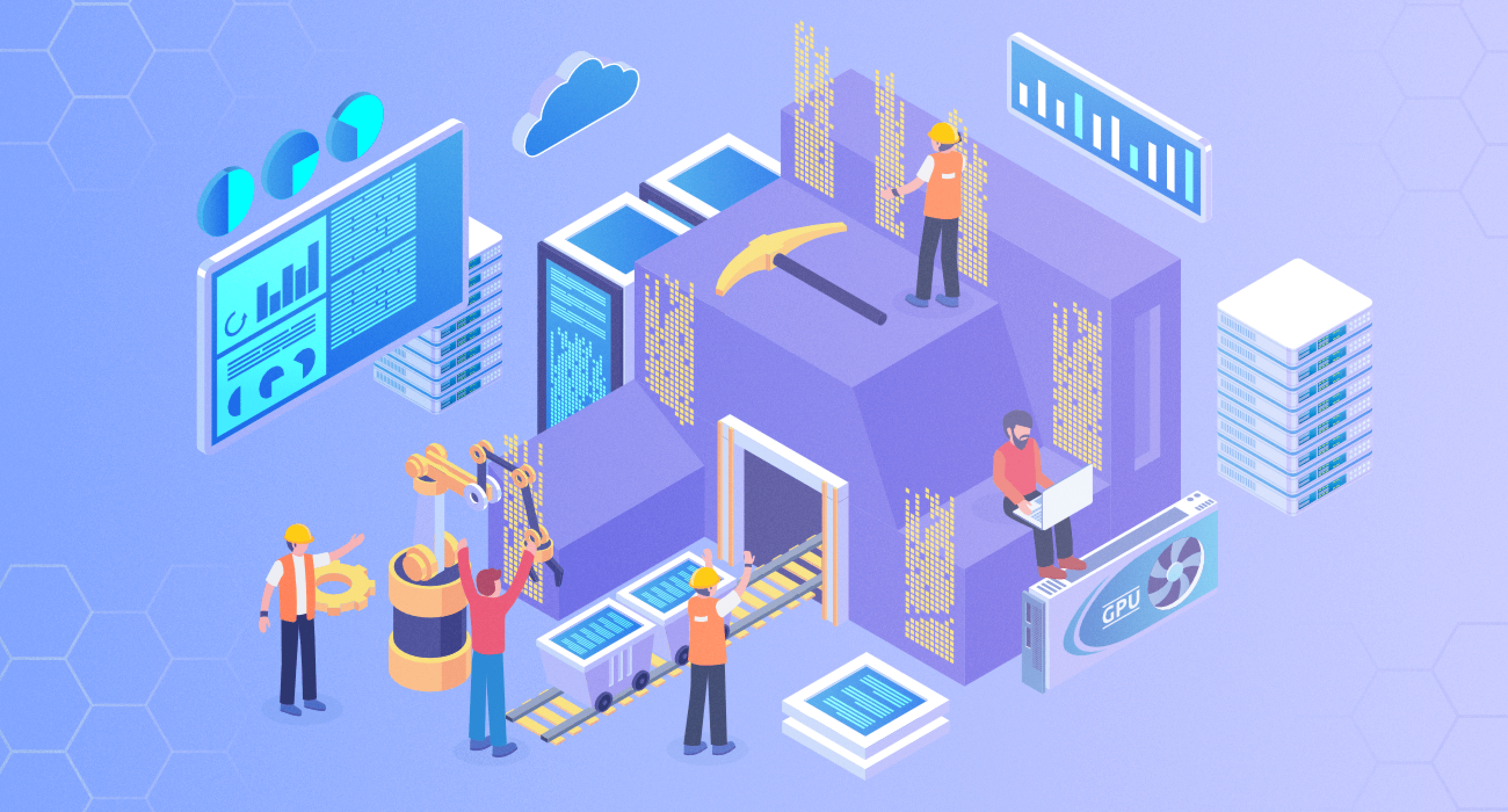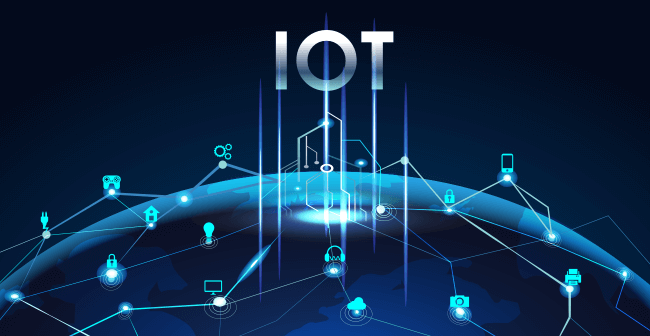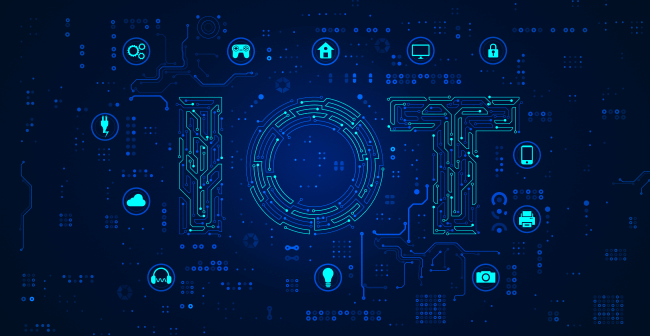The rapid expansion of the technology sector has permeated nearly every industry worldwide. Utility providers, in particular, being a critical sector, have been capitalizing on the latest innovative technologies to enhance their services.
Since you've landed here, you're likely a utility provider or a key industry player seeking innovative technologies for investment. Given the plethora of options, finding the perfect fit can require considerable time and effort.
Fortunately, this article will elucidate some of the most revolutionary technologies utility providers should consider investing in. Keep reading to discover their advantages and how they can benefit your business.
1. Automated Demand Response
On any given business day, utility providers must juggle customer demand with the energy they can supply. This balance is difficult to maintain as customer demand fluctuates unpredictably. This is where Automated Demand Response (ADR) proves beneficial.
So, what is ADR? It's an innovative technology enabling utility providers to automatically adjust customers' energy usage in response to changes in demand and supply. ADR can help maintain equilibrium and circumvent disruptions in the energy supply. Moreover, it gives customers greater control over their energy usage, potentially leading to savings.
By employing ADR, customers can decrease their energy consumption during peak times, when energy production is costly, and increase usage during off-peak periods when energy is cheaper. This can result in lower energy bills for customers and enhanced revenue for utility providers. Additionally, ADR can help alleviate grid strain and bolster the reliability of energy supply.
To implement ADR, utility providers might consider enlisting a managed IT services provider. According to 60hertzenergy.com and similar experts, the cost of managed services can be offset by increased customer satisfaction and revenue from ADR implementation.
2. Smart Meters
One of the primary responsibilities of utility providers is the accurate measurement of customers' energy consumption. This necessitates technology that facilitates precise and real-time energy measurements. Fortunately, smart meters provide an efficient and accurate solution. Smart meters are digital devices that measure real-time electricity and natural gas consumption. They are internet-connected and transmit data back to the utility provider.
Smart meters confer numerous benefits to utility providers. They enable accurate energy measurements and appropriate billing. They also provide customers with more detailed information about their energy consumption, enabling them to better manage energy use and save money.
Furthermore, they negate the need for manual meter readings, saving time and money for the provider. Lastly, they facilitate quicker identification and resolution of energy supply issues, meaning fewer service interruptions and improved customer satisfaction. These benefits make smart meters an appealing investment for utility providers.
3. Asset Management Software
Among the most innovative technologies that utility providers should consider investing in, according to powerconsulting.com and similar consultants, is asset management software. A comprehensive asset management system can help utility providers maximize their assets' efficiency and lifespan while enhancing customer service and reducing costs.
The software collects and analyzes data from the utility's assets, providing an accurate assessment of the assets' current status. This data can aid in determining the most cost-efficient maintenance plan for each asset. Additionally, the software tracks asset performance over time, providing insights into potential issues and alerting personnel to possible problems. This helps eliminate downtime and ensures that utility providers can offer reliable service.
The software also allows utility providers to track their assets, aiding in planning for future investments and upgrades. Lastly, it can streamline operational processes, reducing costs and maximizing resources.
4. Artificial Intelligence And Machine Learning
As consumer expectations continually rise, utility service providers increasingly turn to innovative technologies such as artificial intelligence (AI) and machine learning (ML) to stay competitive. AI involves creating computer systems that mimic human thinking and actions, while ML uses data to create algorithms that learn and improve over time.
Utility service providers can leverage AI and ML technologies to process vast amounts of data, optimizing operations and enhancing decision-making. AI and ML can also automate routine billing and customer service tasks and create predictive models for energy demand and usage forecasting.
Additionally, these technologies can help detect fraud, identify anomalies in energy usage, and make better-informed decisions about resource allocation for maximum efficiency. When used correctly, these technologies can help utility service providers reduce operational costs, increase customer satisfaction, and maintain a competitive edge.
5. Internet Of Things
The term Internet of Things (IoT) has been familiar to the technology world since the early 2000s, and it has gained popularity ever since. IoT refers to the network of physical objects (‘things’) embedded with sensors, software, and other technologies that communicate and exchange data over the internet.
Today, IoT remains one of the most innovative technologies utility providers should consider investing in. How can it be integrated into the utility industry? Here are some potential applications:
- Smart Meters: These are digital devices that accurately monitor and collect data on energy consumption from households or businesses, offering a significant step forward from traditional analog meters. They track electricity, gas, and water usage in real-time, providing detailed insights into consumption patterns. This technology is crucial to enhancing energy efficiency, as it facilitates the provision of accurate, up-to-date information to both consumers and utility providers.
- Automated Asset Management: This involves the use of IoT-enabled sensors to constantly monitor the health and performance of utility infrastructure such as power lines, pipelines, and water mains. These sensors can measure various parameters—like temperature, pressure, flow rate, and vibration—that indicate the operational status of these assets.
By collecting this data, utilities can quickly detect issues such as leaks or malfunctions, leading to faster response times and reduced downtime. Over time, the data collected can also be used to predict potential failures before they occur, moving from reactive to proactive maintenance.
- Smart Grids: These are advanced, digitally enabled electrical grids that leverage data gathered from consumers, weather forecasts, and other sources to reduce peak demand and better manage energy supply and distribution. By using two-way communication, smart grids allow for real-time adjustments to electricity distribution based on demand.
During periods of high demand, smart grids can manage the load by either shifting some of the demand to off-peak times or by drawing on stored energy. This reduces the strain on the grid and minimizes the risk of blackouts.
The potential benefits of investing in IoT technologies for utility providers are substantial. IoT technology can improve operational efficiency, reduce costs, enhance customer service, and promote sustainability. Moreover, it can help utility providers better understand consumer behavior, allowing them to develop more tailored services and products.
By utilizing IoT, providers can also better understand their energy systems and ensure maximum efficiency. Lastly, IoT can help utility providers stay competitive as they strive to provide superior service to their customers.
6. Big Data Analytics
Another valuable technology for utility providers is big data analytics. As the name suggests, big data analytics involves collecting, organizing, and analyzing vast amounts of data to derive insights and drive decisions. This makes it a powerful tool for utility providers to identify areas for improvement, uncover growth opportunities, and better understand customer behaviors and preferences.
Utility providers handle an immense volume of data daily. As the energy supply demand increases, so does the need for data analysis to ensure efficiency and accuracy. With big data analytics, utility providers can gain insights into customer consumption patterns, identify potential savings opportunities, and optimize operations. It also improves the ability to predict customer behavior, identify trends, and enhance customer satisfaction.
7. Renewable Energy Sources
Given the rising costs of fuel and electricity and growing energy demand, utility providers should consider investing in renewable energy sources. These sources are becoming more economical and efficient and can provide a reliable and sustainable energy source.
Moreover, renewable energy sources do not emit harmful emissions or pollute the environment like traditional energy sources, which can help reduce carbon footprints. Investing in renewable energy can also make utility providers more competitive in the energy market and reduce operating costs.
Finally, investing in renewables can help utility providers meet the increasing demand for clean energy and mitigate climate change impacts. By choosing this path, utility providers can demonstrate their commitment to sustainability and show customers their efforts to become more eco-friendly.
8. Blockchain Technology
Recently, blockchain technology has been making waves in the tech world as a transformative new way to access and share data. It's a distributed database or ledger that securely and transparently records digital transactions. When utilized, this technology could revolutionize the utility service provider industry by streamlining processes, improving efficiency, and reducing costs.
Utility providers can reap numerous benefits from integrating blockchain technology into their operations. For example, it could be used to securely store and track customer information, streamline billing and payment processes, and even provide an immutable audit trail of transactions.
Additionally, smart contracts can automate many tedious processes, such as the distribution of payments or the allocation of resources. Furthermore, blockchain technology can aid in the development of renewable energy sources, such as solar and wind, by enabling customers to purchase, store, and trade energy.
Conclusion
As the tech landscape continues to evolve, so do the opportunities for utility providers. Investing in innovative technologies can enhance operational efficiency, reduce costs, and improve customer service.
By reading this article, you should now have a deeper understanding of the eight most innovative technologies utility providers should consider investing in. From asset management software to automated demand response, these technologies can offer numerous benefits to utility providers and make them more competitive in the industry.















Leave a Reply